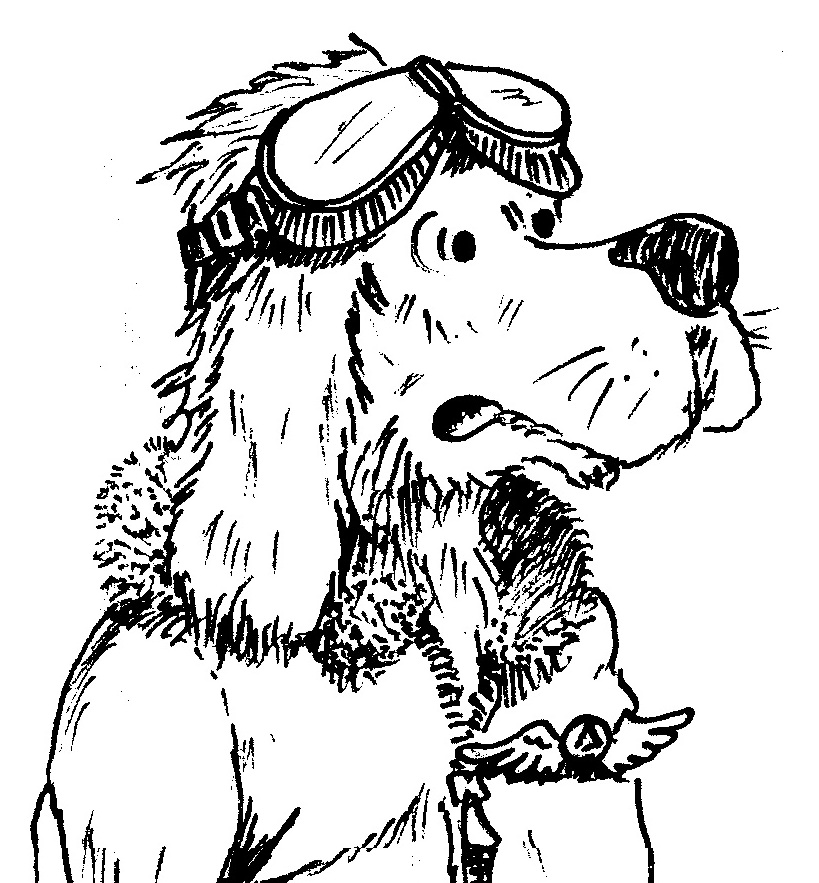 |
from The Big Sky Weekly Newspaper
|
|
by Thomas J. Nagorski
Pilots who fly different aircraft lead interesting lives. The skills and instincts for one type of flying do not always apply to other machines. Like the downhill racer switching to water skis, each situation requires its own technique. This fact is reinforced when comparing airplanes to gliders. Invite a friend to a plane ride and they might reply, "What if the engine fails? I'm not getting into that thing." Ok, so we offer a glider flight. "But, it has no engine! How will we get back to the airport?" People fly airplanes with fixed missions in mind. They want to go places with reliable clockwork predictability. Airplanes allow pilots to recreate with freedom and spontaneity, exploring wherever their whims take them. People fly airplanes to go fast, to travel, to build experience, to move people and cargo. In gliders you are limited to one passenger. The direction and duration of flight is determined by weather. Often, just remaining aloft over the airport is difficult enough. Soaring is more a personal challenge. Passengers get bored with thermalling; the circling over a spot for altitude while climbing in rising air. Soaring is also more sociable. The glider pilot relies on assistants to position and prepare the craft, a tow pilot for launch, and a ground crew upon return. Schedules are thrown out the window. A pilot might arrive at the airport mid-morning, wait for the tow plane to launch other ships, then elect to delay a few hours for conditions to improve. Quick hops in the pattern over the lunch hour don't work here. Emergency training in airplanes focus attention on engines and their limitations. Fuel management is a concern. The risk of fire is never ignored. Glider emergencies are simpler. The most common abnormality practiced is a tow rope break. On average, a glider needs only 200 feet of altitude to execute a 180-degree turn back to the runway. An airplane would need at least 800 feet. Airplanes are flown in unpowered flight only as an emergency. Off-airport landings are rare and recovering the bird requires much effort. Glider pilots are trained to anticipate off-airport landings as a natural risk of flying engineless machines. With removable wings and custom-built trailers, gliders are easier to retrieve from remote rural runways. One promotional slogan states, "Fly gliders - Meet more farmers' daughters." Glider pilots are exposed to situations about which light airplane pilots only dream. Single-engine trainers can climb to about 13,000 feet above sea level. But on a good day a glider can easily reach 20,000 feet. This requires the high-flying glider pilot to use supplemental oxygen, something recreational airplane drivers rarely need. There is a trade-off for this performance. The plane's engine is a reliable heat source and the cabin's climate is controllable. Sailplane pilots heading for high altitudes learn to dress warmly, even in summer, for they have no heaters. Likewise, only pilots flying aerobatics aircraft wear parachutes. However, because of the natural tendency for gliders to operate close to other sailplanes while everyone works the same areas of lift, many sailplane pilots always wear parachutes. There is some practicality to this, too. Light weight ships mean better performing sailplanes. If a person needs a seat cushion, a parachute works just as well. Comfort is important. Aircraft need to stop for fuel every four or five hours. Experienced sailplane pilots can fly for seven to eight hours before landing. A sailplane remains aloft by utilizing the energy in the atmosphere. The best soaring days are when it is bumpy; the more the merrier. Turbulence marks rising air, and with this lift gliders remain airborne. When airplane pilots call it quits because it's too rough, glider guiders head to the airport. Glider pilots begin training by learning formation flying with the tow plane. The average airplane pilot flies a lifetime without ever getting that close to another aircraft. Yet, the simplicity of the equipment and the judgment learned while soaring permits persons to start at an earlier age. A teenager may solo a glider at age 14 and an airplane at age 16. You may obtain a private pilot certificate for gliders at 16, and for airplanes at age 17. General aviation encompasses more than single-engine airplanes. Aviators find pilot certificates are like potato chips-it's hard to quit with just one.
Happy (con)trails. See you upstairs --
|

.gif) (c) 1998, 2024
(c) 1998, 2024